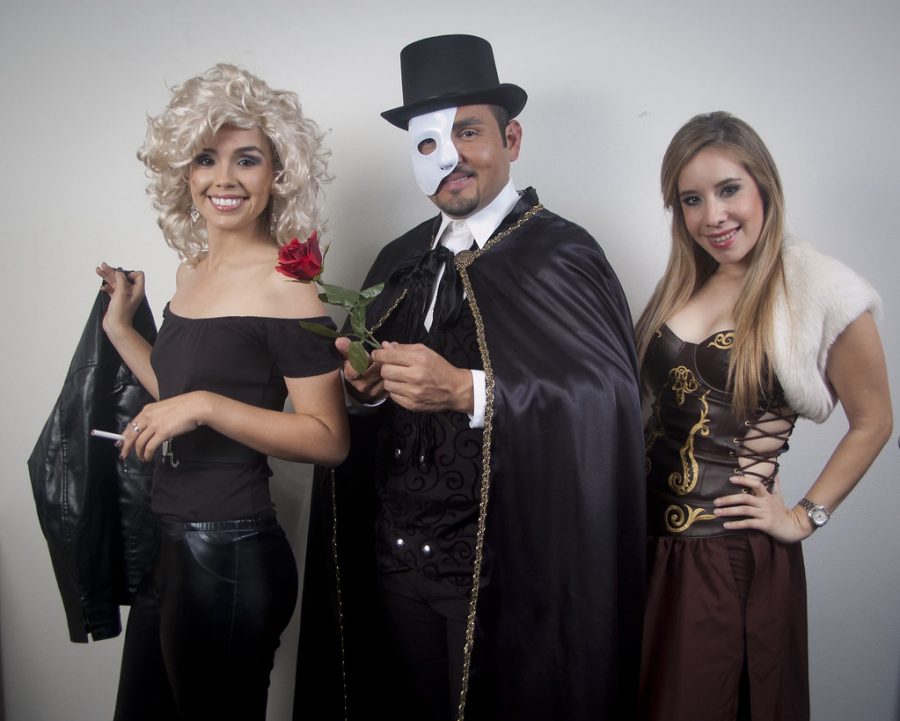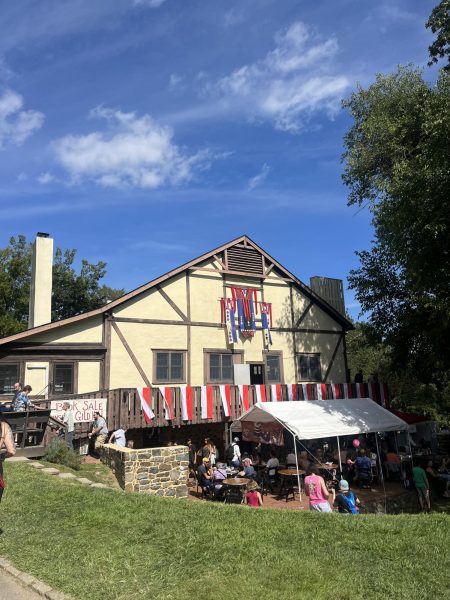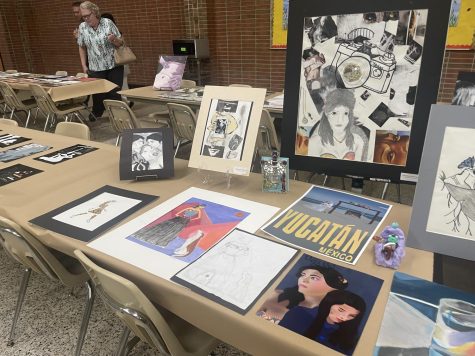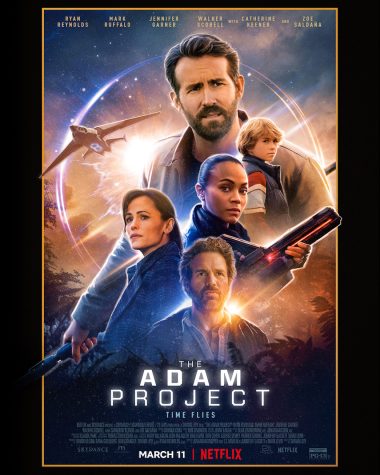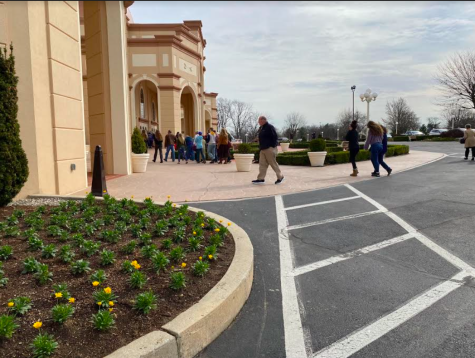History of Halloween
Costumes like this show the spirit of Halloween.
October is here and with it comes the Halloween hype! Although Halloween is a popular holiday among different countries and cultures, the history of Halloween is less known.
What comes to mind when Halloween is mentioned? Maybe the spooky decorations of bats, ghosts, witches, and other ghoulish creatures.
Maybe it’s the journey that every little kid goes through to receive the biggest, sweetest candy bar dressed up as anything from a scary spirit to a courageous cowboy.
Halloween is one holiday almost entirely associated with American pop culture. But the classic holiday of walking around neighborhoods in search of candy wasn’t always what Halloween used to be.
According to Lesley Pratt Bannatyne, author of Halloween; An American Holiday, An American History, the first documented celebration of Halloween began in the ancient Celtic times (areas in Ireland, France, England, etc). This Halloween celebration is called Samhain named after the Celtic Lord of the Dead, which connected the people to their ancestors who had died. This is similar to Dia de Los Muertos, or the Day of the Dead, (which is a Mexican holiday celebrating the ancestors who have died).
Evelyn Hudson, library media specialist and Halloween enthusiast, says, “The Celts believed that on this day, the souls of the dead could return. Over thousands of years, the idea of Samhain was incorporated into many cultures and religions. For example, Pope Gregory III declared that November 1, the day after Samhain, would be known as All Saints Day. Modern-day Halloween, with trick-or-treating and parades, came about in the first half of the 20th century.”
All Saints Day is a feast day that recognizes all of the saints in the Church from November 1st to November 2nd. This was considered a replacement for Samhain. There would be parades and festivities on All Saints Day, and the Samhain celebrations would be on Hallows Eve, which would later be called Halloween.
Similarly, Hudson loves Halloween because
Since then, Halloween was considered less of a religious holiday and more of a fun party occasion. Years later, Halloween was rebranded in the Victorian era from a festival to an adult costume party to the popular children’s holiday it is known as today. Americans would borrow the idea of trick or treating from the Europeans. This would consist of people going around asking people for money and food. Every year, kids across the country get to express themselves and have fun doing it.
Marissa Manzi, she likes Halloween because “I get to dress up for fun and get candy. Halloween is fun to me because I get to hang out with my friends and dress up as something I love.”
Halloween had changed from a religious celebration to a light-hearted night of fun.

